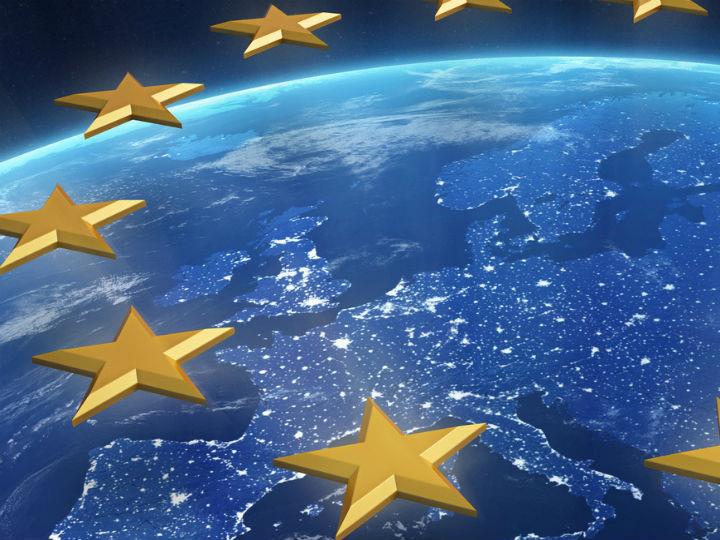
For example, manufacturing products and selling them seamlessly across the entire European Union – from Helsinki to Athens and from Dublin to Riga – or allowing European employees to work and gain experience where they are most needed would be severely hindered. It is indeed crucial that the now 25-year-old single market is not only maintained, but that European Governments continue to expand and deepen this key EU achievement.
by
Aongus Hegarty
The single market is critical to a healthy European economy and a key business issue for every European leader. Without it, many things that we consider commonplace and straightforward would be very difficult.
For example, manufacturing products and selling them seamlessly across the entire European Union – from Helsinki to Athens and from Dublin to Riga – or allowing European employees to work and gain experience where they are most needed would be severely hindered. It is indeed crucial that the now 25-year-old single market is not only maintained, but that European Governments continue to expand and deepen this key EU achievement.
Like with so many things, it is often the case that we only feel the effects of the single market when it is not present. Some governments have introduced more rules that aim to split its area to protect domestic companies and production. But if we want to grow a healthy European economy, these actions are not the way to go.
Each year, the EU’s GDP is 1.7% higher as a result of integration, which amounts to €250 bn per year
The American Chamber of Commerce to the European Union recently commissioned a study to look at the single market and its benefits. This act reflects the importance of the European single market for US businesses in Europe, and the results were clear: each year, the EU’s GDP is 1.7% higher as a result of integration, which amounts to €250 bn per year.
The study also uncovered that, since its introduction in 1993, the single market has brought benefits that include an increase in EU GDP per capita of almost €1,050; an increase in consumption per household by almost €600; and the creation of 3.6 million additional jobs.
While it has without a doubt made doing business much easier for companies across the EU, and despite these clear advances, the European single market is under pressure. It has also experienced stagnation since the financial crisis of 2008. Its fragmentation, however, would be detrimental to Europe’s competitiveness, its influence in a globalised economy and, ultimately, the wellbeing of its citizens. As the Eurozone returns to growth, we must instead drive and deepen internal market integration.
Of course, challenges to complete the single market exist too, as shown by the recent EU efforts to create a digital single market, which have highlighted the gaps in the single market model.
For example, if you were to set up a business today in any given member state, you would struggle to expand that business into another member state. You may be required to set up a legal entity, carry different types of insurance or face differing consumer rules. All of this adds time and complexity to running a business. Even innovative legislation, such as the ecommerce directive, which allows a company to set up in one member state and service other markets, still does not overcome some of these road blocks.
Challenges to complete the single market exist too, as shown by the recent EU efforts to create a digital single market
The removal of tariff barriers helps economies to grow and new industries to flourish. Now is not the time for creating more of them. The global economic outlook is positive, and Europe is projected to have its fastest economic expansion since 2011. In fact, in 2016, the United States exported over $185 bn in digitally-enabled services to Europe, while importing $111 bn from it.
Without stifling barriers, the ripple effects of that kind of growth can be felt globally, and can open markets to help entrepreneurs and start-ups find new opportunities across Europe and around the world. Spotify is often given as a good example of a company that had to relocate to the US to grow, and then return back to Europe.
And this is what we truly need in today’s economy: a Europe that is attractive for businesses to set-up their activities and grow. A European single market is essential in achieving this.




 By: N. Peter Kramer
By: N. Peter Kramer
